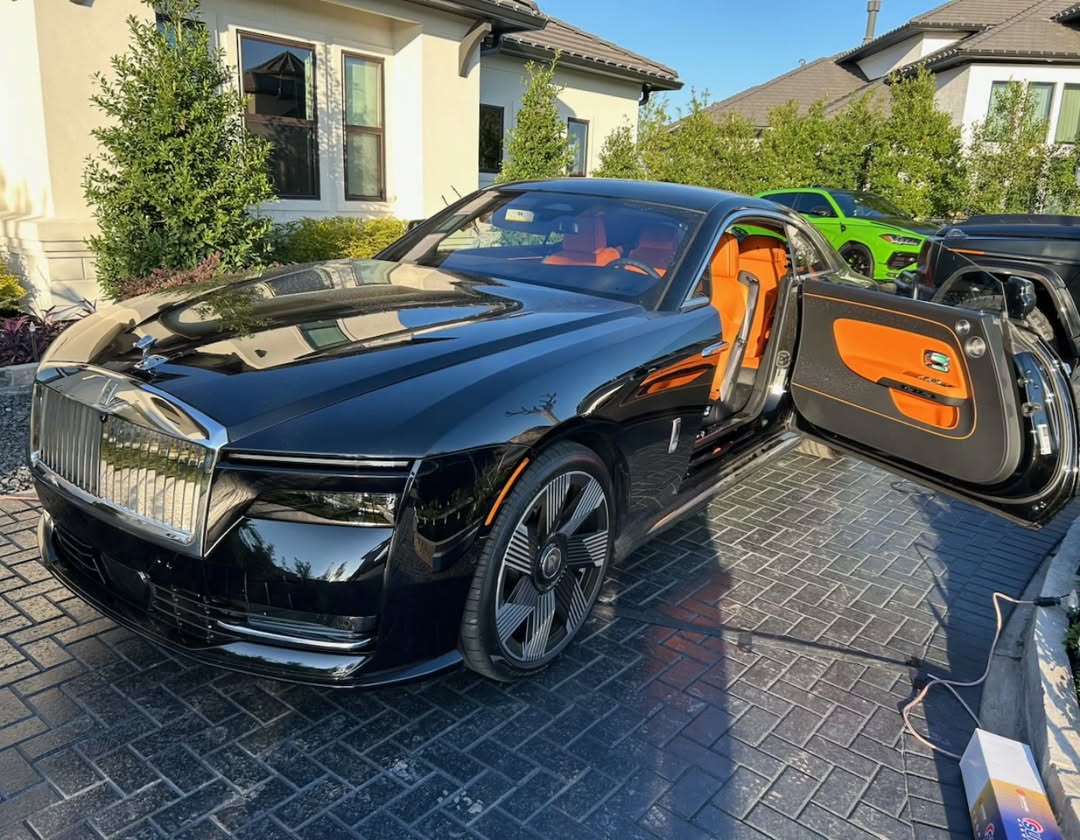When it comes to transforming your ride into something bold, personalized, and protected, wraps are where innovation meets style. At WrapTechHTX, we specialize in premium vinyl and liquid wraps that let Houston drivers express themselves and shield their cars from everyday wear and tear. But one question pops up again and again:
Vinyl or Liquid Wrap—what’s better for my vehicle?
Let’s dive deep into the differences, benefits, limitations, and use cases of both so you can make an informed choice. Whether you’re wrapping your weekend cruiser, daily driver, or entire business fleet, this guide will help you figure out which wrapping method fits your vision—and your lifestyle.
What Is a Vinyl Wrap?
A vinyl wrap is a thin, adhesive-backed film applied directly over your car’s paint. It’s typically laid down in large sheets, carefully stretched, cut, and molded to fit every panel of your vehicle with precision. Vinyl wraps come in a staggering variety of colors, textures, and finishes—everything from carbon fiber to chrome to camouflage.
Pros of Vinyl Wrap:
- Quick Application Time – Many vinyl wraps can be installed in 1–3 days.
- Removability – With proper installation, vinyl can be removed without damaging factory paint.
- Design Options – Great for printed graphics, logos, textures, and custom color combos.
- Clean Finish – Gives a sleek, tailored look with smooth edges and minimal bulk.
- Ideal for Commercial Branding – Logos and wraps on fleet vehicles are typically vinyl.
What Is a Liquid Wrap?
A liquid wrap, sometimes called a peelable paint or spray-on wrap, is applied like paint—but with one big twist: it’s removable. This method uses a flexible, rubberized coating sprayed onto the vehicle in multiple layers. Once dry, it forms a seamless, durable barrier that can be peeled away at any time.
At WrapTechHTX, we use premium liquid wrap materials that deliver superior finish quality, enhanced durability, and color effects you can’t achieve with vinyl alone.
Pros of Liquid Wrap:
- Total Paint-Like Appearance – No seams or visible edges like vinyl; the finish looks just like custom paint.
- Extreme Color Flexibility – Liquid wraps allow for custom-blended pigments, pearls, metallics, and color shifts.
- More Coverage Options – Easily reaches into grilles, vents, tight body curves, and hard-to-wrap zones.
- Great for Paint Protection – Adds a thick, rubberized layer to guard against chips, scratches, and UV damage.
- Removable Without Residue – Peel it off years later without harming the original paint underneath.
What Is a Liquid Wrap?
| Feature | Vinyl Wrap | Liquid Wrap |
|---|---|---|
| Application Method | Sheet-applied | Sprayed-on |
| Appearance | Slight texture; can show seams | Smooth, seamless, paint-like finish |
| Color & Effect Variety | Wide selection of premade colors & patterns | Fully customizable, infinite color mixes |
| Durability | 3–5 years (longer with care) | 3–5 years (longer with protection) |
| Removability | Clean removal with heat/tools | Clean peel when applied thick enough |
| Installation Time | 1–3 days | 3–5 days |
| Cost | Moderate to high | Moderate to high (custom work adds to cost) |
| Ideal Uses | Graphics, commercial fleets, color changes | Full-body customization, paint protection, specialty finishes |
How Long Do Vinyl and Liquid Wraps Last?
The lifespan of a wrap depends heavily on:
- Material quality
- Installation technique
- Driving environment
- Care and maintenance
Both vinyl and liquid wraps installed by WrapTechHTX typically last 3–5 years, with potential for longer if you baby your vehicle. Houston’s heat, humidity, and sun exposure are no joke, but we use high-performance materials and UV-resistant coatings to help preserve your finish.
If you park in a garage, avoid harsh chemicals, and wash regularly, you’ll get the most out of either option.
Which Wrap Protects Paint Better?
While both provide a layer of protection, liquid wraps tend to offer superior coverage—especially against minor chips, dings, and scratches.
- Vinyl offers a thin barrier that guards against UV rays, minor abrasions, and weathering.
- Liquid wraps are thicker, rubberized, and more resilient to rock chips, road salt, and Houston’s harsh summer sun.
If paint protection is your top priority—especially on luxury or performance vehicles—liquid wrap might be your better bet.
Design Possibilities: Who Wins?
Vinyl wraps dominate when it comes to graphics, branding, and textures.
Want a carbon fiber hood, a digital camo roof, or your business logo on a fleet? Vinyl is king. Digital printing on vinyl allows for nearly unlimited branding and stylistic creativity.
Liquid wraps, however, win in the finish department.
From iridescent color shifts and ultra-deep matte finishes to custom-mixed metallics and pearls, liquid wraps give you showroom-worthy results that mimic high-end paint jobs—without the commitment.
